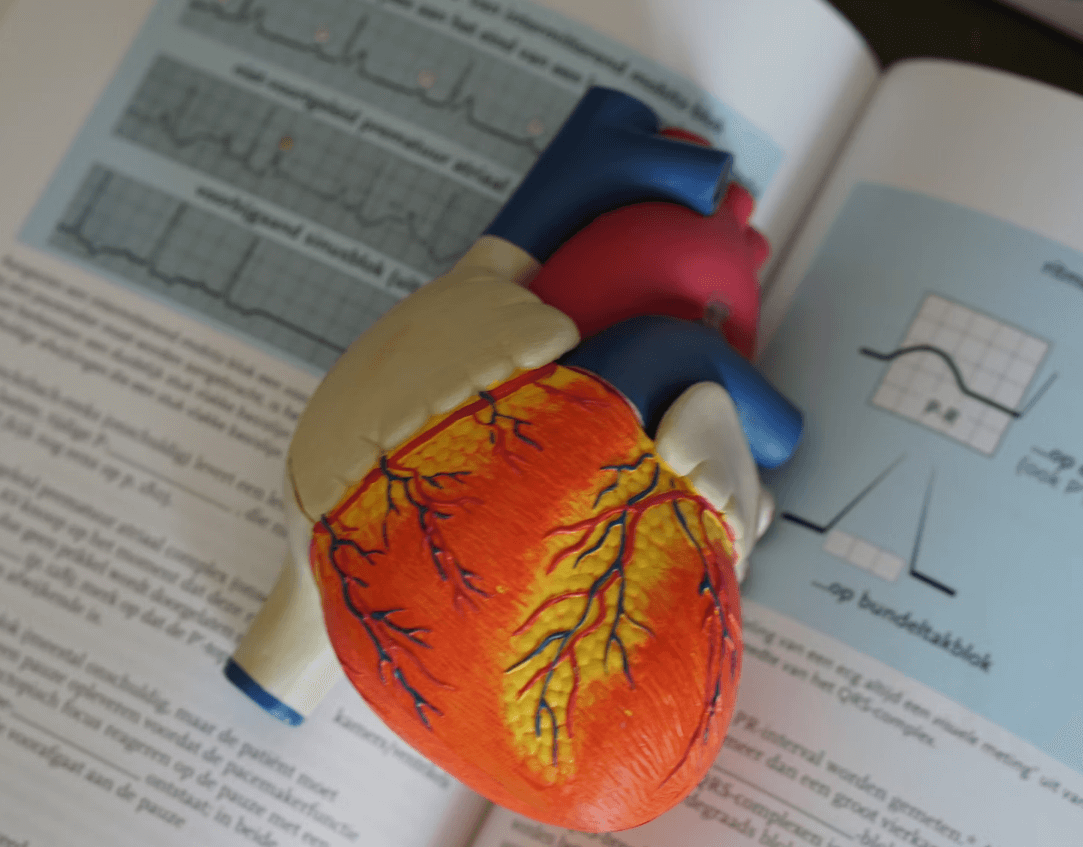Cardiopulmonary Resuscitation, or CPR, is more than just a set of emergency procedures—it’s a lifesaving technique that serves as a beacon of hope during cardiac or respiratory crises. Understanding CPR’s role and importance isn’t just reserved for healthcare professionals; this basic yet powerful skill holds the potential to save countless lives, whether in a hospital setting or out in public.
This blog will explore the what, why, and how of CPR, including its history, significant role in healthcare, and why everyone—not just medical personnel—should consider becoming CPR certified.
Key Takeaways
- CPR is a fundamental, life-saving skill for both medical professionals and the public.
- It increases survival odds dramatically in cardiac arrest cases.
- Training is accessible, impactful, and applicable in various scenarios.
What Is CPR and Its Role in Healthcare?
CPR Defined
Cardiopulmonary Resuscitation (CPR) involves manually performing chest compressions combined with rescue breaths to restore blood circulation and oxygen flow when the heart or lungs stop functioning. The primary purpose of CPR is to maintain oxygen delivery until professional medical care arrives, buying precious time for the victim.
How CPR Works
The process involves two critical components:
- Chest Compressions: By applying rhythmic, forceful compressions to the chest, you mimic the heart’s pumping action, pushing blood to vital organs like the brain and heart.
- Rescue Breaths: These breaths provide oxygen to the lungs, complementing the compressions to ensure oxygenation.
Application in Various Settings
CPR is universally applicable and not reserved for clinical environments. Cardiac arrests can occur anywhere—at home, workplace, or in public areas like malls or airports. CPR helps bridge the gap between an emergency and the arrival of paramedics, making it a vital skill for healthcare professionals and civilians alike.
The History of CPR
A Rich Timeline of Innovation
- 1700s: The first documented use of mouth-to-mouth resuscitation was introduced to save drowning victims.
- 1950s: Mouth-to-mouth resuscitation was refined and formally accepted as a resuscitation technique.
- 1960: The modern form of CPR, integrating chest compressions, was developed by Dr. James Jude, Guy Knickerbocker, and Dr. Peter Safar.
- 1970s: The American Heart Association (AHA) began CPR training and consistently updated guidelines to ensure optimal effectiveness.
Scientific Progress and Refinement
Since its inception, CPR techniques have evolved significantly, guided by scientific research. Today, standardized training programs and updated protocols ensure that responders can effectively perform life-saving measures.
Importance of CPR in Saving Lives
Why Seconds Matter
Cardiac arrest is a leading cause of death globally, and immediate action is crucial. Consider these statistics:
- Over 350,000 out-of-hospital cardiac arrests occur annually in the U.S. alone.
- 70-80% of these happen at home or in non-medical settings.
- CPR administered within the first few minutes can double or triple a victim’s chance of survival.
The Chain of Survival
The “Chain of Survival” is a concept emphasizing the critical steps to increase survival from cardiac arrest, with CPR as a vital link. The sequence includes:
- Recognizing cardiac arrest and calling for help.
- Immediate CPR to buy time.
- Use of an automated external defibrillator (AED).
- Advanced medical care upon arrival of emergency services.
Bystander CPR’s Remarkable Impact
Bystander intervention is pivotal. Studies show that immediate CPR by a witness can substantially increase the chances of survival and reduce long-term complications.
The Role of Healthcare Professionals in CPR
Healthcare professionals often serve as the first responders in emergencies, making CPR a critical competency for them.
Importance of Training
Advanced CPR training equips healthcare providers to perform resuscitation effectively, especially in high-pressure environments. Continuous certification ensures they remain up to date with new guidelines and techniques.
Key Professionals to Note
- Nurses and Physicians
- Paramedics and EMTs
- Respiratory Therapists
Even hospital administrators and non-clinical staff should understand CPR basics to create a safer environment.
CPR Training and Certification
Becoming CPR Certified
Getting certified in CPR is straightforward and accessible:
- Find a Certified Course: Organizations like the American Heart Association and Safety Training Seminars offer reputable programs.
- Complete the Training: Courses usually include hands-on practice and can be completed in 2-4 hours.
- Receive Certification: Upon successful completion, receive your CPR certification.
CPR Certification Types
- Basic Life Support (BLS) for healthcare providers.
- Advanced Cardiac Life Support (ACLS) for specialized medical personnel.
- Pediatric Advanced Life Support (PALS) for those working with children.
- CPR & First Aid for general public.
Debunking Myths About CPR
There are many misconceptions surrounding CPR, which may discourage individuals from learning or performing it when needed. Here are a few common myths debunked:
Myth 1: “Only trained professionals should perform CPR.”
Truth: Time is critical during cardiac arrest. Even untrained individuals can provide chest compressions guided by emergency operators.
Myth 2: “It’s better to do nothing than to risk doing it wrong.”
Truth: Any attempt at CPR is better than no action. Imperfect CPR still improves survival odds.
How to Get Started
CPR is more than an emergency procedure; it’s a community skill that can save lives, prevent brain damage, and ensure a brighter future for cardiac arrest victims. Whether you’re a healthcare professional or someone simply interested in making a difference, investing in CPR training is invaluable.
Consider enrolling in a course through Safety Training Seminars, which offers various options like CPR & First Aid, BLS, ACLS, and PALS. Your skill could one day be the difference between life and death.
Take the Next Step
Empower yourself or your organization by prioritizing CPR certification. Start today and make a lasting impact.



